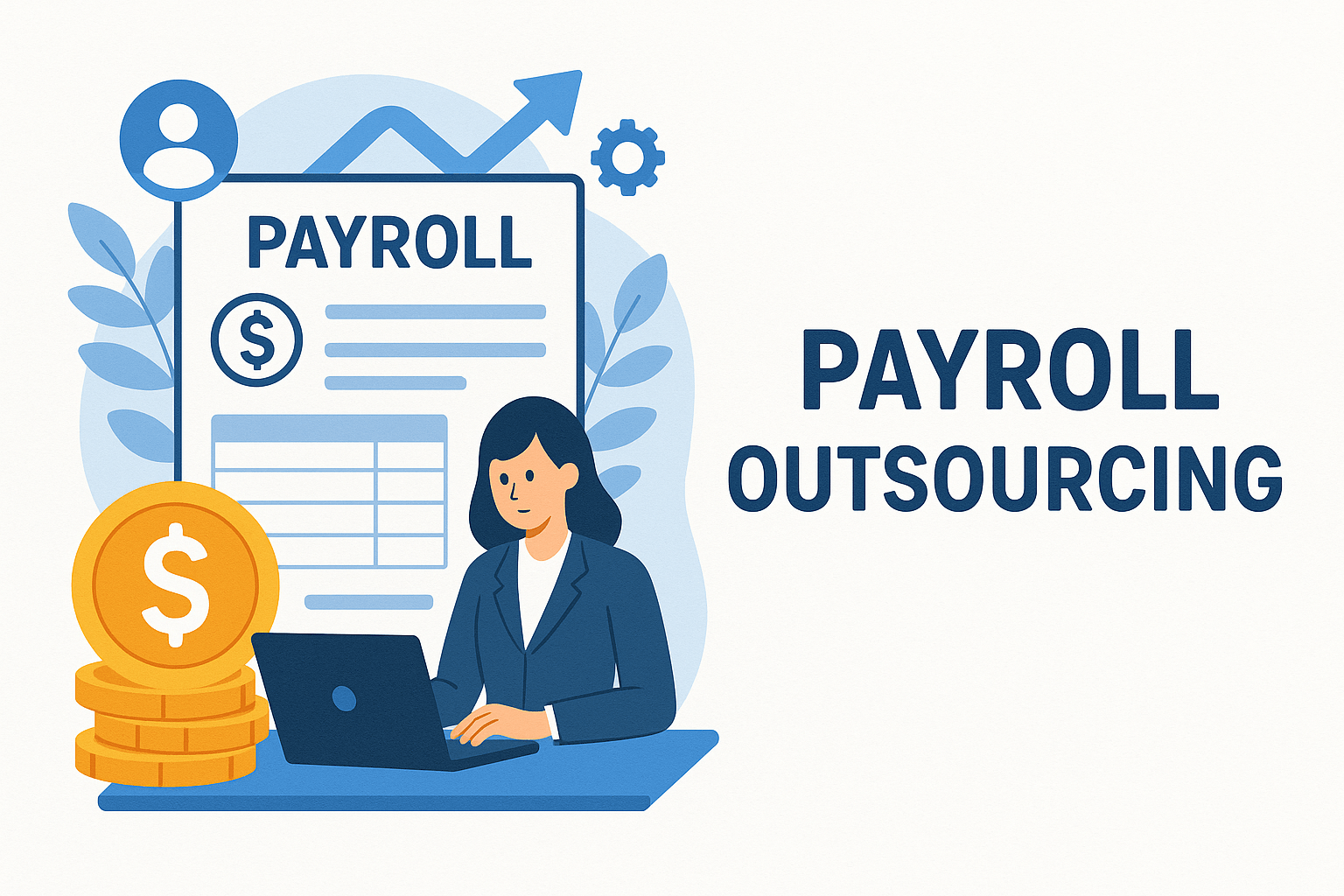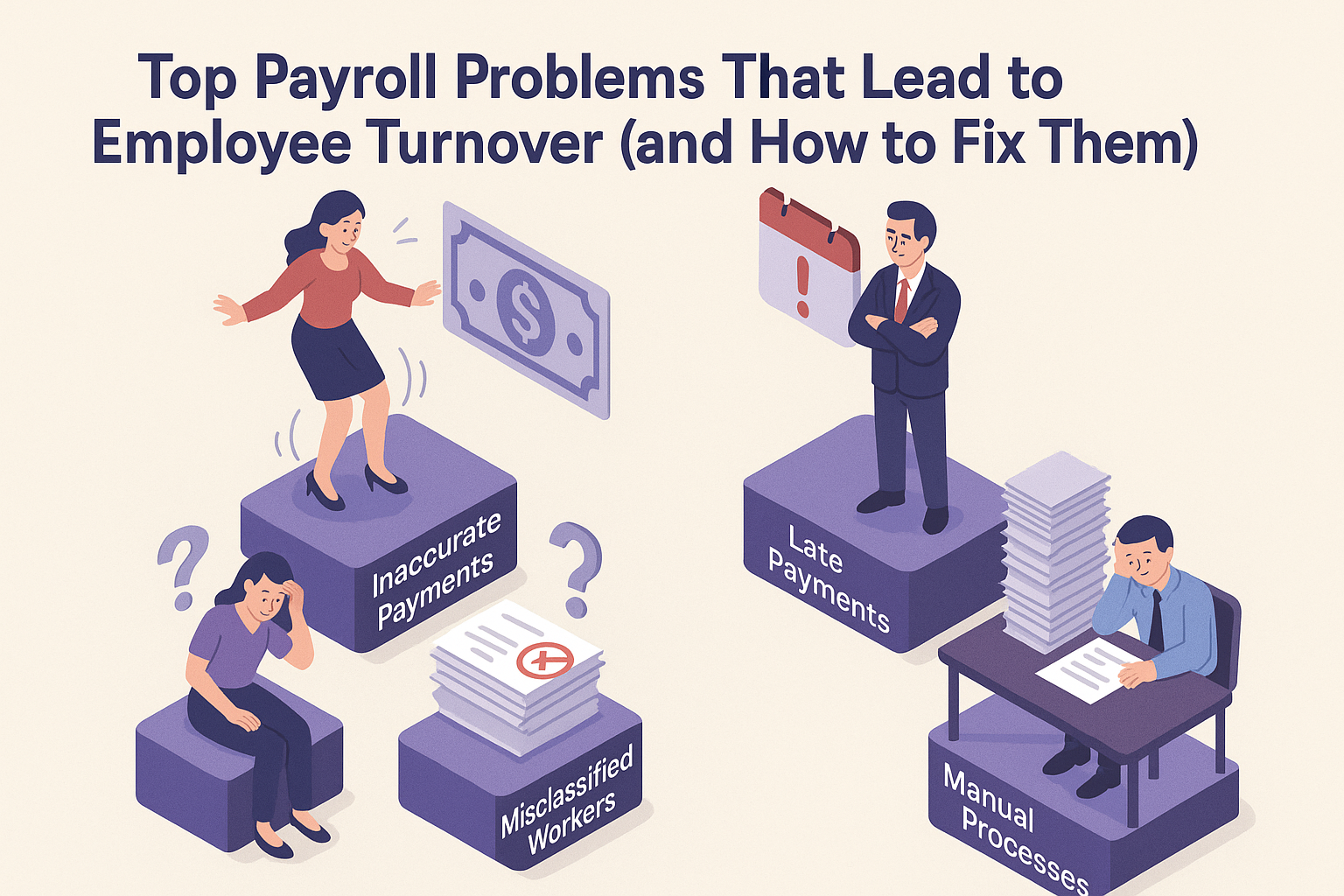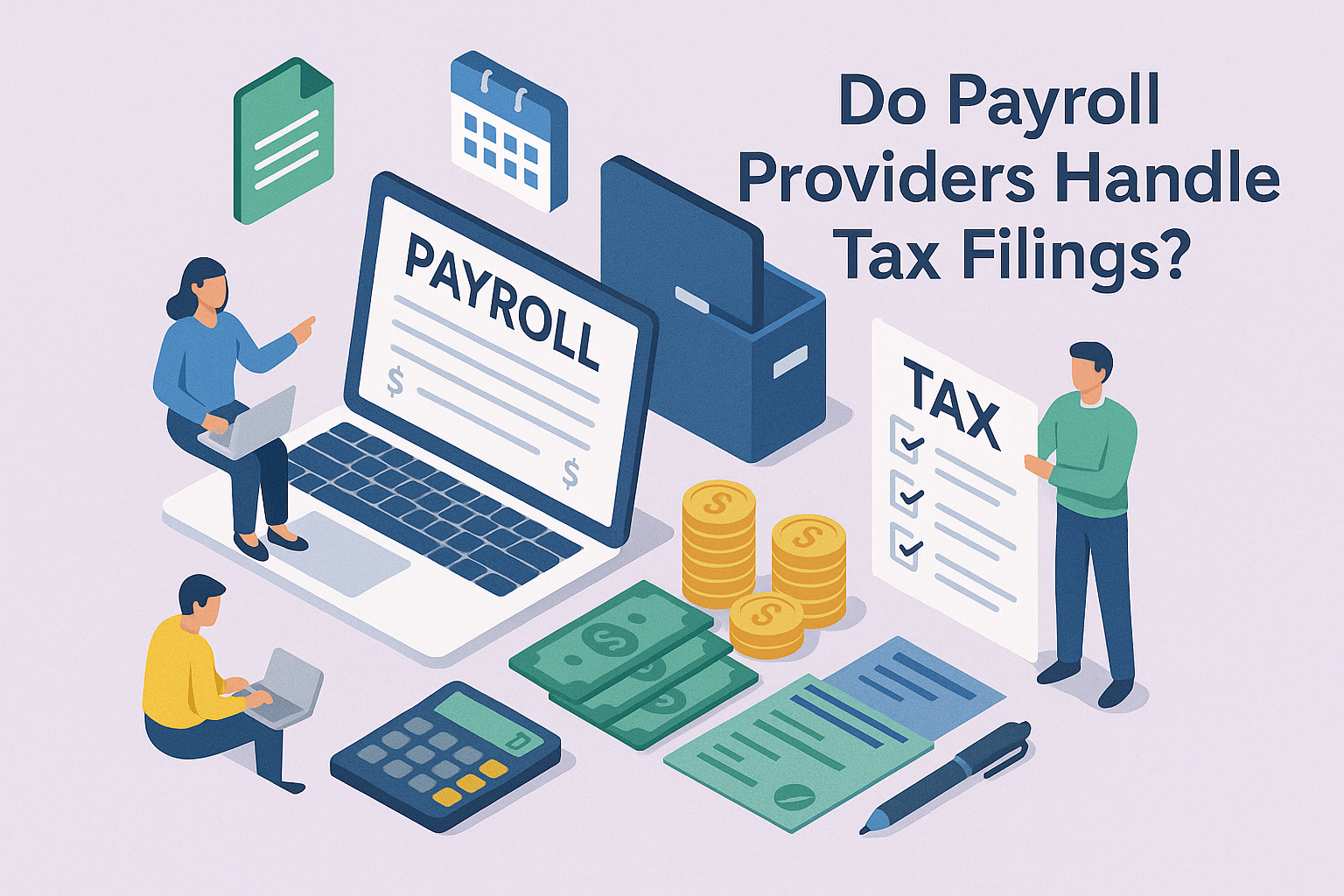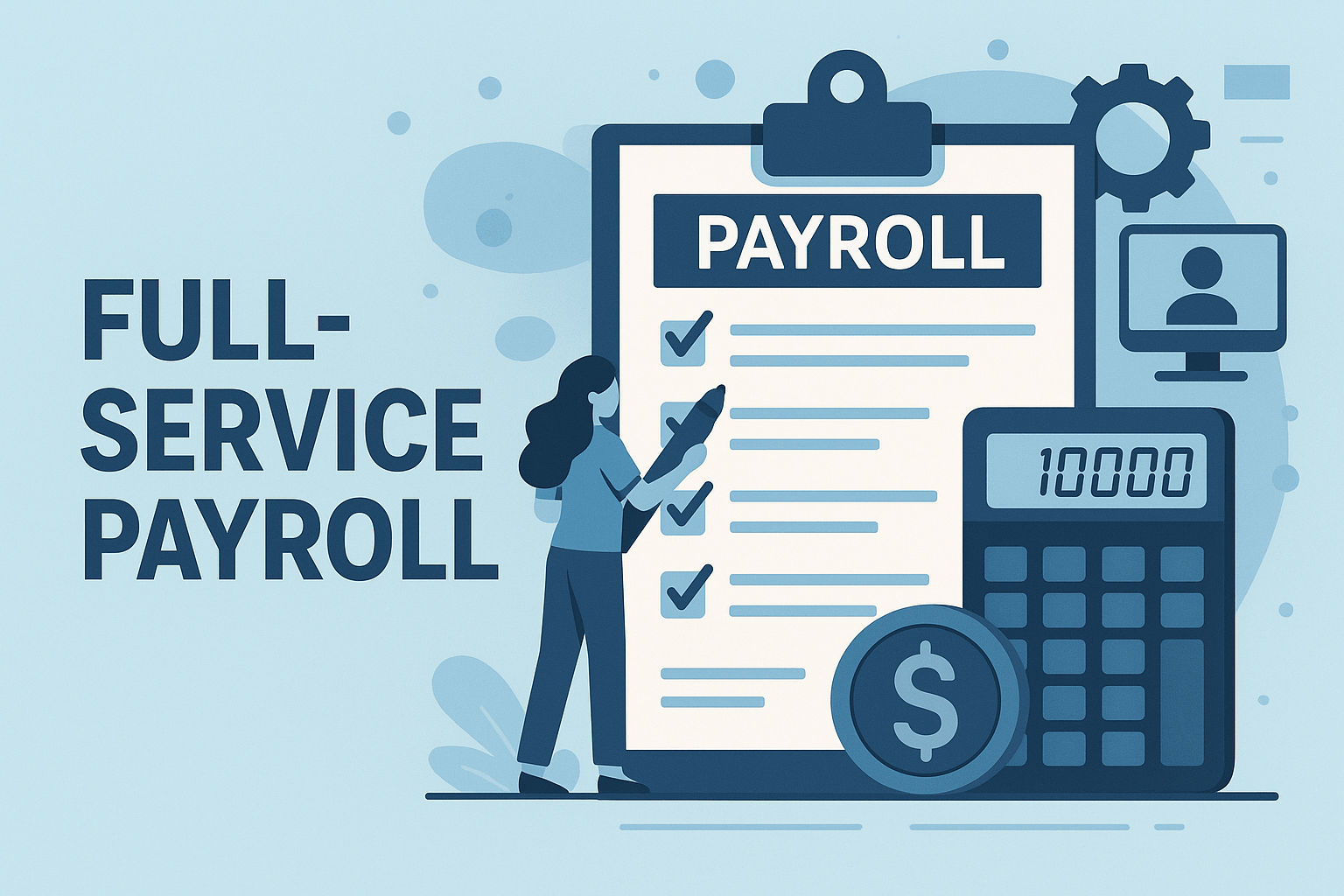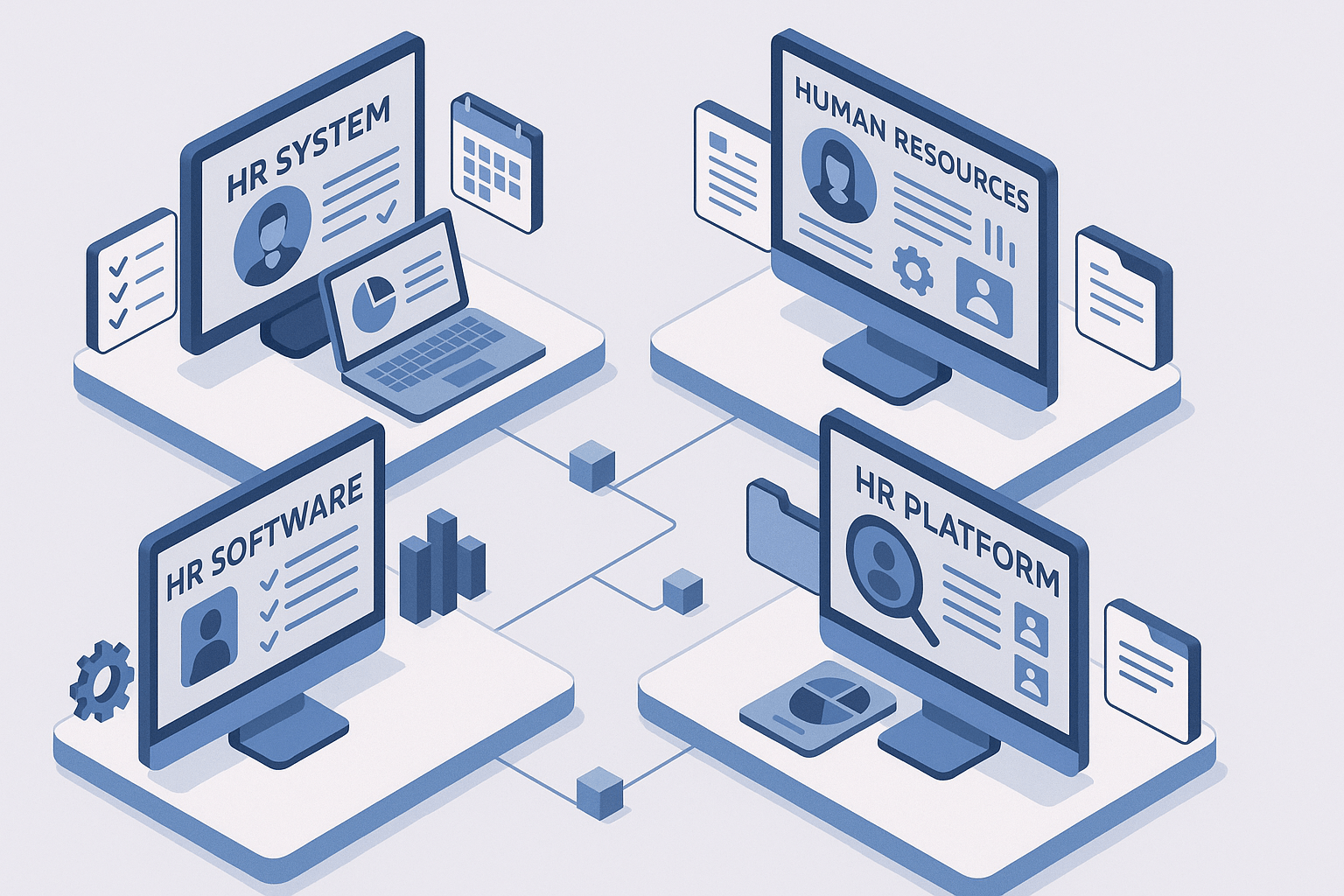
Payroll is a crucial aspect of managing your employees. It becomes more complex as your business grows and the risks heighten. The pressure is immense because you know a tiny mistake can lead to unhappy employees and potential legal issues. If this sounds familiar, you’re not alone. Many business owners and HR managers face the same stressful scenario every pay period.
At Lift HCM, we understand the challenges of payroll processing. As a family-owned payroll company for centuries, we know it’s a crucial process that must result in accuracy and complete compliance. Not to mention, it can also be incredibly complex and time-consuming. In this article, we will walk you through the key components of payroll processing so you can confidently manage your payroll and avoid potential pitfalls.
Table of Contents
- What is Payroll Processing?
- What To Know Before Processing Payroll
- Preview and Approve Time (Sheets)
- Calculate Gross and Net Pay
- Tax Withholdings and Deductions
- Generate Paychecks or Direct Deposits
What is Payroll Processing?
Payroll processing is the procedure for compensating employees at the end of a pay period. It involves calculating the total earnings, determining deductions, and distributing payments to employees, tax agencies, and benefits providers. Organizations without an external payroll provider often rely on a dedicated payroll specialist or HR professional to handle these tasks.
What To Know Before Processing Payroll
One of the most crucial aspects of a successful payroll process is having accurate employee information. This includes their full name, address, Social Security number, date of birth, tax filing status, pay rate, job title, and bank account details for direct deposits. This information is essential for employees to complete a W-4 Form during onboarding, and any inaccuracies can lead to incorrect payments and potential legal issues.
Another key factor in the payroll process is the proper classification of employees. It's important to distinguish between full-time, part-time, contractors, and temporary workers, as each classification has different implications for taxes and benefits. Ensuring this data is accurate and up-to-date is crucial, as errors at this stage can have a ripple effect throughout the payroll process and may lead to non-compliance. Now that you know what must be in place before processing payroll let’s dig into how to process payroll!
Payroll Processing Steps
Step 1: Preview and Approve Time (Sheets)
Previewing and approving employee timesheets is crucial in ensuring accurate payroll processing. Access your company's time-tracking system and navigate to the timesheet review section. Here, you'll see a summary of hours worked by each employee for the designated period. Carefully check for discrepancies or missing entries, verifying that all reported hours align with the scheduled shifts and any recorded overtime. Once reviewed, approve the timesheets so you can move on to the next part of processing payroll. This process ensures employees are compensated accurately for their work, maintaining trust and efficiency within your organization.
Step 2: Calculate Gross and Net Pay
The next phase is calculating gross pay. Gross pay is the total compensation an employee earns before any deductions. For salaried employees, this is straightforward, calculated based on their annual salary divided by the number of pay periods. For hourly workers, gross pay is determined by multiplying the hours worked by the hourly wage. Additionally, you want to assess overtime wages, which are payments for hours worked beyond the standard 40-hour workweek. Overtime is typically calculated at 1.5 times the regular hourly rate.
Step 3: Tax Withholdings and Deductions
Understanding and correctly calculating tax withholdings and deductions is critical to payroll. This includes benefits like health insurance and retirement contributions, which often have specific rules about calculating and deducting. Federal, state, and local taxes must be withheld based on the employee’s W-4 form, and different states have varying tax rates and regulations. It's essential to stay informed about these to ensure compliance and accurate payroll processing.
Social Security and Medicare taxes are deducted as required by the Federal Insurance Contributions Act (FICA). Different rates apply for these taxes. Other standard deductions to remember are federal unemployment, 401(k) contributions, and various health savings accounts.
Step 4: Generate Paychecks or Direct Deposits
The final stage of payroll processing involves distributing employee earnings through physical paychecks, pay cards, or direct deposits. In today's digital age, direct deposits are preferred for most businesses due to their convenience, speed, and security.
For those still using physical paychecks, the process involves printing checks, which include detailed information such as the pay period dates, gross pay, net pay, and an itemized list of deductions. This information is essential for transparency and maintaining accurate financial records.
Direct deposits, on the other hand, significantly streamline the payroll process. Funds are transferred electronically from the employer’s bank account to the employee’s designated bank account. This method reduces the risk of lost or stolen checks and ensures employees receive their pay promptly, often making funds available on payday mornings. This highlights the efficiency and security of direct deposits, making the audience feel confident in this method.
Next Steps: Is It Time to Consider a Payroll Provider?
Accurate payroll is crucial for any business. It demands thorough attention to detail, and processing it must be accurate and errorless. Although manual payroll is an option, most companies find it more efficient and reliable to utilize a payroll provider, even for a small fee, to ensure this critical task is correctly handled every single time. Now that you know more about payroll processing, what to do before processing, and the steps to process payroll, we hope you will walk away more informed than when you first came. Payroll processing shouldn’t take away from what you do best - running your business. If it is, it may be a sign it’s time to consider a payroll provider.
Jason Noble is a seasoned expert in payroll and human capital management. With a wealth of experience in streamlining payroll processes and optimizing workforce management, Jason has successfully held key roles at leading organizations. His deep understanding of industry best practices ensures that his insights are both practical and authoritative.
Topics:


.png?width=1536&height=1024&name=Create%20a%20background%20that%20reads%2c%20How%20Long%20to%20Keep%20P%20(1).png)





